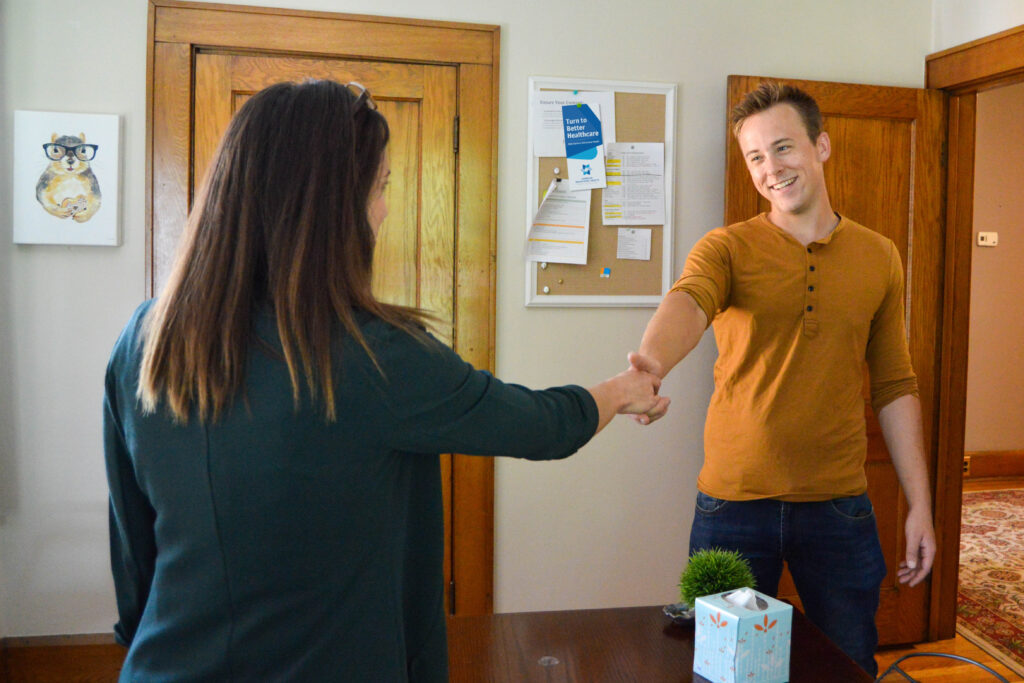Joyce Wilson, FN-P, named Director of Brandon School-Based Health Services
Due to growth in Barbour Community Health Association’s (BCHA) school-based clinic, a School-Based Health Services Director is needed to oversee staff and operations. Recently, BCHA appointed Barbour County native and longtime BCHA nurse practitioner, Joyce Wilson, FN-P, to fill the new position of School-Based Health Services Director for Barbour County Schools.

We chatted with Wilson about this new position and what she hopes to offer to Barbour County students and staff. Read below to learn what she said about this exciting and unique opportunity.
What does your new role with School-Based Health Services entail?
I will oversee the clinics in the county schools and AB Wellness Center on Alderson Brouadus’ campus. My managerial duties will include ensuring evaluations are completed, approving time-off requests, and maintaining a relationship between the school clinics and the board of education.
What experience do you have that qualifies you for this role?
I have over 30-years of experience as a nurse with the last 10 of those years being spent with BCHA. I earned an Associate of Science in Nursing from Davis and Elkins College, a Bachelor of Science in Nursing from Alderson Broaddus College, and a Master of Science in Nursing from the University of Pittsburgh School of Nursing.
I really feel that my education and experience in the healthcare field has set me up to be successful in this new role.
What are your goals for the next six months/year for Brandon School-Based Health Services?
I really want to revisit and rewrite some of the policies so they are complicit with all the schools under BCHA’s umbrella. Many of the policies need to be updated since we started the school-based clinics in the school system.
What do you hope to bring in this new role for School-Based Health Services?
I hope to continue bringing positivity and care to the students in all the schools, and I hope that they feel that they are being looked after.
I also want to be connected with the board of education to ensure that we’re being complicit with policies and caring for students in the schools to the best of our ability.
What do you enjoy about working at BCHA/Brandon School-Based Health Services?
I’ve been with BCHA for roughly 10 years now, and they are truly a place that cares for their employees and patients.
You can learn more about the school-based clinics here.
Medicare Made Simple: Your Guide to Understanding Healthcare
Medicare Made Simple: Your Guide to Understanding Healthcare Navigating the complexity of Medicare can be a lot. In this blog, we will break down
Barbour Community Project Assists Patients
Barbour Community Project Assists Patients It’s no secret that Barbour County is a close-knit community that Barbour Community Health Association (BCHA) is proud to
Healthy Eating Habits for Toddlers with Rachel Williams, MS
Healthy Eating Habits for Toddlers with Rachel Williams, MS As your baby becomes a toddler, he or she may begin to display some very




